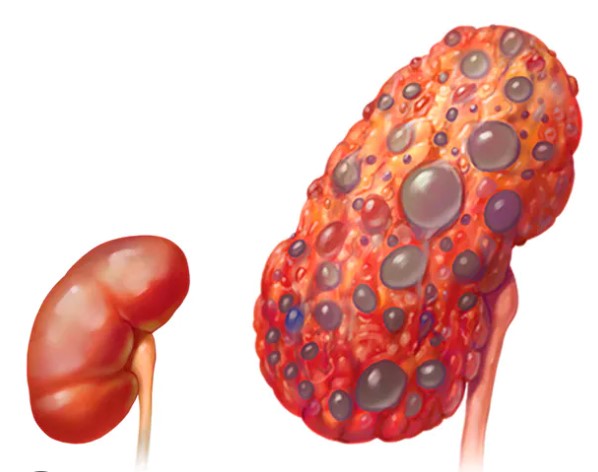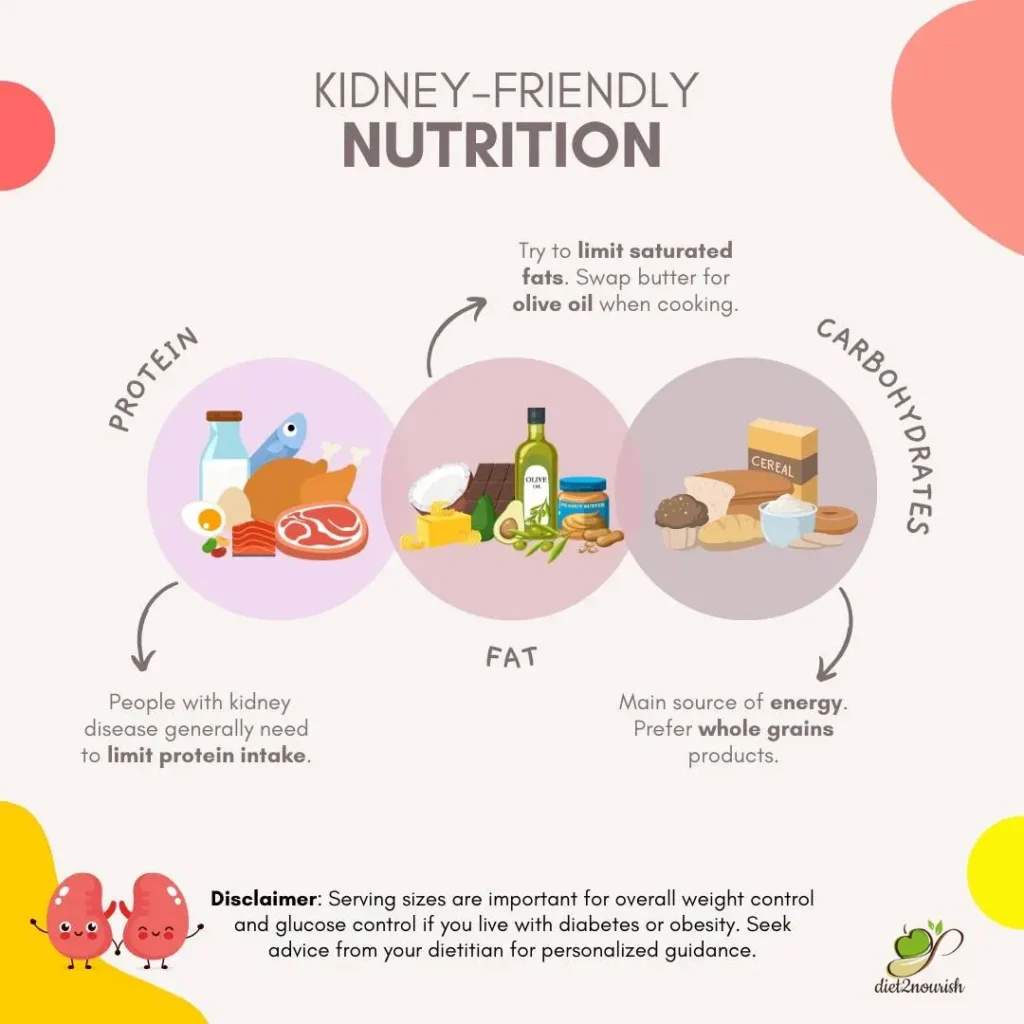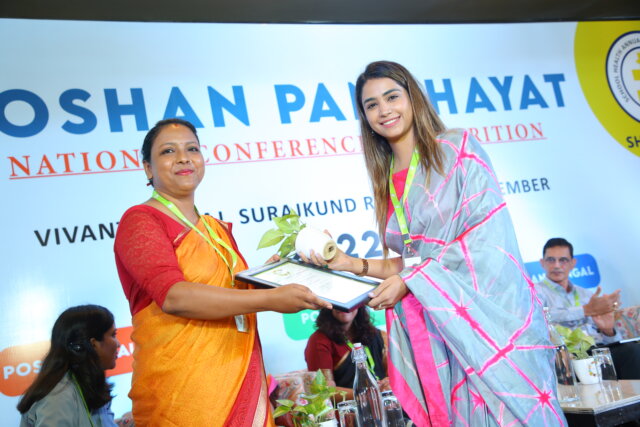Low Protein food list for Kidney Disease
Proteins are the building blocks of the body. However, you may need to limit their intake when struggling with kidney problems. Limiting protein does not mean restricting protein.
If you are looking for a wholesome diet that will keep you full and satisfied while maintaining your health, consulting a Kidney Dietician can help you plan the right low-protein meals effectively. You can get to know the best sources of low protein foods that will help with kidney diseases. Moreover, these foods are easily available in the Indian market.
Be mindful of the supportive sources that would help your body without harming your kidneys.
The amount of protein that is recommended for a kidney-friendly diet can vary. Furthermore, it depends on your individual needs and the stage of your kidney disease.
You can get knowledge regarding the various foods in the low protein food list. In general, a low-protein diet may be recommended for the same. It consists of protein intake limited to around 0.6-0.8 grams per kilogram of body weight per day
What are kidney diseases?

Kidney disease refers to a group of conditions that affect the kidneys and their ability to function properly. There are many different types of kidney disease. Kidney diseases can range from mild to severe.
Causes of kidney diseases
They can be caused by a variety of factors. They include infections, autoimmune disorders, genetic conditions, accidents and certain medications.
General symptoms of kidney diseases
Symptoms can include fatigue, swelling, changes in urine output, and high blood pressure, which makes dietary guidance from a Nutritionist for High Blood Pressure extremely important. It’s important to see a doctor if you suspect you have a kidney disease, as early detection and treatment can help prevent further damage.
Kidney diseases that require a special low protein food list
Chronic kidney disease is a long-term condition that affects the kidneys’ ability to function properly and often requires guidance from a Dietician for Diabetic Patients, especially when diabetes is an underlying cause. These diseases require a special low protein diet. Some examples of chronic kidney diseases include:
- diabetic nephropathy
- polycystic kidney disease
- glomerulonephritis
- interstitial nephritis.
What kind of diet is needed for kidney diseases?
A kidney-friendly diet is needed for kidney diseases. Such a diet aims to reduce the workload on the kidneys and prevent further damage to the kidneys. Moreover, this may involve limiting the amount of protein in the diet. This is described in the low protein food list. It is because protein can increase the amount of waste products that the kidneys need to filter out.
Sodium and phosphorus may also need to be limited in a kidney friendly diet. This is because high levels of these minerals can be harmful to the kidneys.
In addition, certain vitamins and minerals, such as vitamin D and calcium, may need to be increased to help maintain bone health.
Nutritional intake for kidney diseases

Nutritional intake for kidney disease can vary depending on the specific condition and severity of the disease. However, in general, a kidney-friendly diet may include:
- Limited amounts of protein to reduce the workload on the kidneys. You can see the low protein food list.
- Limited amounts of sodium and phosphorus to prevent further damage to the kidneys
- Increased intake of certain vitamins and minerals, such as vitamin D and calcium
- In addition, proper hydration to help flush out waste products from the body
Why are low proteins important for a kidney friendly diet?
A kidney-friendly diet is important for people with kidney disease. It is because it can help to reduce the amount of waste and fluid that builds up in the body.
When the kidneys are not functioning properly, they may not be able to filter waste and excess fluid from the blood as effectively. This can lead to a buildup of waste and fluid in the body. Moreover, this can further cause a variety of symptoms and complications.
Furthermore, one of the main goals of a kidney-friendly diet is to reduce the amount of protein that you eat. When you eat protein, your body produces waste products that are filtered out of the blood by the kidneys.
By reducing the amount of protein that you eat, you can help to reduce the amount of waste that your body produces. You can have a look at the low protein food list.
This can help to reduce the workload on the kidneys. It ultimately slows the progression of kidney disease. The low protein food list can help with that.
Healthy low protein food list sources for a kidney friendly diet

Some healthy and low-protein food list sources that are suitable for a kidney-friendly diet include:
● Grains and breads
White bread, pasta and rice are some sources of healthy proteins. Furthermore, they are low in proteins and can be included in your diet.
● Low-fat dairy products
Low fat dairy products like milk, yoghurt and cheese are of great value. In addition to this, they have the appropriate amount of protein and are low in fats. They are the best example of low protein food list.
● lean proteins
Sources of lean proteins include chickpeas, tofu, nuts and seeds. Moreover, they keep you full and help you reach your daily nutritional intake.
● Plant-based protein sources:
If you follow a vegetarian or vegan diet, a Plant Based Dietitian can help you choose kidney-friendly, low-protein plant foods without compromising nutrition. Moreover, some good options include beans, lentils, tofu, and quinoa.
● Legumes
Legumes are one of the best foods in a low protein food list. You can include legumes in your diet for a low protein kidney diet. Moreover, having peanuts, beans and lentils can be beneficial for your kidney health.
Low potassium food list for kidney diseases

Here are some examples of low-protein foods list that may be suitable for a kidney-friendly diet:
1) Apples
Apples are a low protein fruit that is high in fibre and Vitamin C.
2) Carrots –
Carrots are definitely included in the los protien food list. They are a low protein root vegetable that is high in Vitamin A.
3) Rice
Rice is a low protein grain that is high in carbohydrates.
4) Pasta
Pasta is a low protein grain that is high in carbohydrates. Furthermore, it is very versatile and can be consumed in numerous ways.
5) Oatmeal
Oatmeal is a low protein grain that is high in fibre. It makes a great snack and breakfast option.
6) Quinoa
Quinoa is a low protein grain that is high in fibre and iron. It is very beneficial for kidneys.
The bottom line
Kidney diseases can be controlled or even reversed by making dietary changes, especially when supported by a Nutritionist for Seniors, as kidney issues are more common with age. We are here to help you to make healthy food choices. That will not only eliminate your kidney problems but also keep you fit for the near future.
Proteins are an essential nutrient for growth and development. However, its intake must be reduced when treating a kidney disease.
Furthermore, you can get information about various low protein food lists. including them in your daily life will benefit your health while controlling your kidney diseases.
Frequently asked questions (FAQs)
How much fluid should I consume on a kidney-friendly diet?
Answer:
The amount of fluid that is recommended on a kidney-friendly diet can vary depending on your individual needs and the stage of your kidney disease. In general, people with kidney disease should limit their fluid intake to around 1-2 liters per day, depending on their urine output and other factors.
How can I manage my potassium intake on a kidney-friendly diet?
Answer:
You can manage your potassium intake on a kidney-friendly diet by limiting your consumption of high-potassium fruits and vegetables. Furthermore, they primarily include bananas, oranges, tomatoes, and potatoes.









